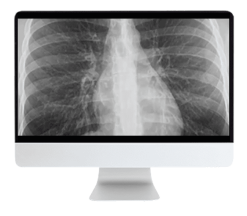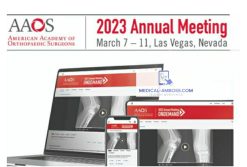CBT (Cognitive Behavioral Therapy ) CBT for Personality Disorders 2022
$50,00
This Product is shared via google drive download link, So please share your correct Gmail id while placing the order .Please note that there are no CME points or certificate associated with this course Samples for Courses Can be found here : Free Samples Here!
CBT (Cognitive Behavioral Therapy ) CBT for Personality Disorders 2022
video+PDF+ Questions on each module
These Courses do no provide any certifications/cme points /certificates
Clients diagnosed with personality disorders often fail to engage in treatment, miss sessions, feel hopeless and stuck, engage in self-harm, use substances, blame others, and experience continual crises. Through case examples and demonstration roleplays, Dr. Judith S. Beck will show you how to use the therapeutic alliance to engage these clients, help them view other people more realistically, solve interpersonal problems, decrease their use of unhelpful coping behaviors, and improve their relationships. Learn how to use evidence-based CBT strategies to help clients diagnosed with personality disorders evaluate and modify their longstanding, dysfunctional core beliefs so they can change their thinking at both an intellectual and emotional level.
Course Curriculum
- Module 1: Introduction to CBT for Personality Disorders
- Introduction to Treatment and Research
- Diagnosing Personality Disorders
- Cognitive Formulation
- Schemas, Modes, Coping Strategies, and Intermediate Beliefs
- The Problem-Based Cognitive Conceptualization Diagram (PB-CCD)
- Strength-Based Formulation
- The Strength-Based Cognitive Conceptualization Diagram (SB-CCD)
- Module 2: The Basics of CBT for Personality Disorders
- A Summary of CBT Treatment
- Initiating Treatment for Clients with Personality Disorders
- Treatment Planning
- Modifications in CBT Treatment for Clients with Personality Disorders
- Techniques from Other Modalities
- Emotion Regulation and Self-Compassion Techniques
- Specifying Problems
- Maladaptive Assumptions
- Therapy Session with Mary
- Module 3: Strengthening Adaptive Beliefs
- Identifying or Developing Adaptive Beliefs
- Indirectly Strengthening Adaptive Beliefs
- Educating Clients About Adaptive Core Beliefs
- Motivating Clients to Strengthen Core Beliefs
- Strengthening Adaptive Beliefs Directly
- Module 4: Modifying Maladaptive Beliefs
- Identifying Maladaptive Beliefs
- Educating Clients about Maladaptive Core Beliefs
- Sharing the Conceptualization with Clients
- Explaining the Strength of Maladaptive Core Beliefs
- Motivating Clients to Modify Maladaptive Core Beliefs
- Introduction to Modifying Maladaptive Core Beliefs
- Socratic Questioning and Reframing
- Reflecting on Other People
- Self-Disclosure, Modifying Spontaneous Images, Behavioral Experiments, and Skill Building
- Cognitive Continuums, Intellectual-Emotional Role Plays, and Analogies and Metaphors
- Restructuring the Meaning of Early Experiences
- Variations for Restructuring the Meaning of Early Experience
- Module 5: The Therapeutic Relationship
- Therapy-Interfering Beliefs and Coping Strategies
- Preventing Problems in the Therapeutic Relationship
- Strengthening the Therapeutic Relationship
- Identifying and Conceptualizing Difficulties in the Therapeutic Relationship
- Planning A Strategy
- Case Examples
- Repairing Therapeutic Relationship Ruptures
- Providing Interpersonal Feedback to Clients
- Module 6: Therapists’ Unhelpful Reactions to Clients
- Recognizing Unhelpful Reactions to Clients
- Conceptualizing Problems
- Increasing Empathy and Modifying Expectations
- Managing Negative Reactions to Clients
- Referring Clients, Self-Care, and Increasing Your Competence
Related products
Psychiatry
Psychiatry
NEUROLOGY











